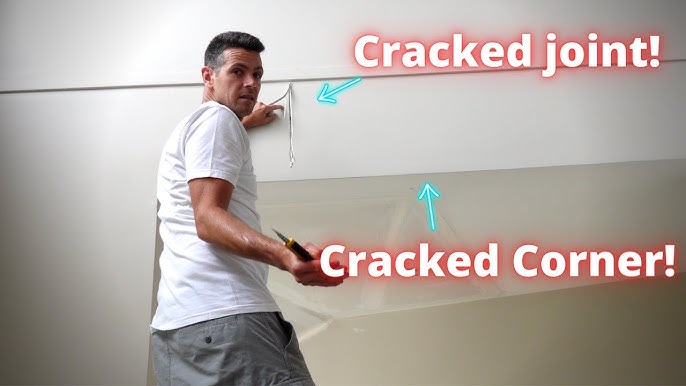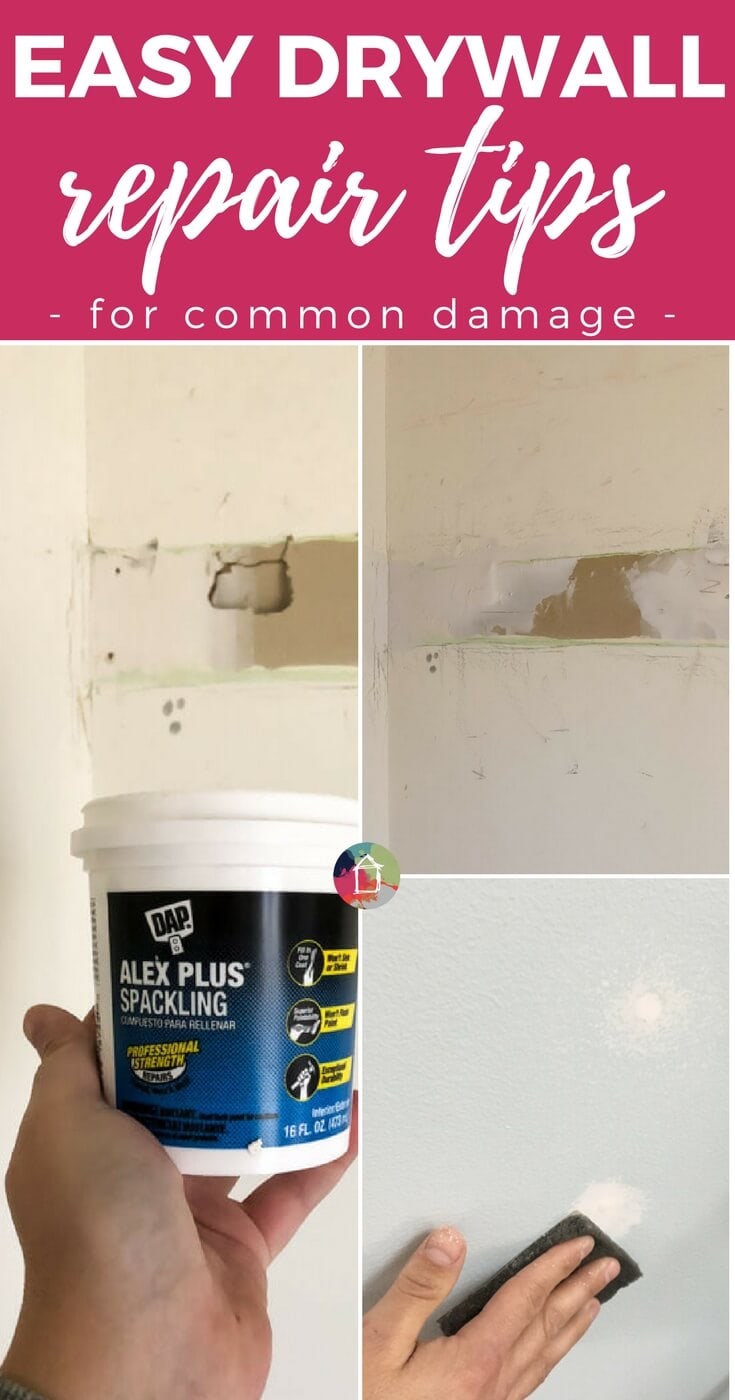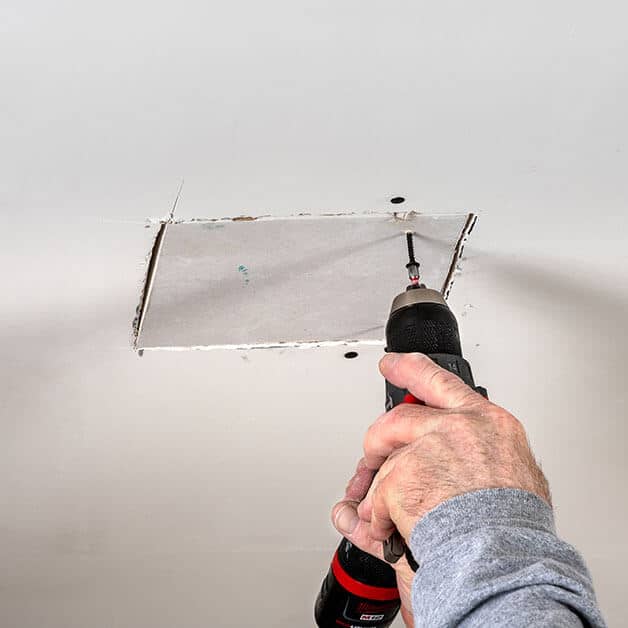Discover the most effective Practices for Effective Drywall Repair Service and Installation
The art of drywall fixing and installation requires a blend of skill and precision. Mastering the necessary devices is essential for attaining a smooth finish. Comprehending the detailed procedure can make a substantial distinction in the outcome. Appropriate methods for taping and mudding are additionally essential. What continues to be is the understanding of maintenance that assures long life. These elements together develop a polished result worth discovering better.

Important Tools for Drywall Fixing and Setup
When undertaking drywall repair work and installation, having the right tools can greatly improve the efficiency and high quality of the job. An utility blade is vital for reducing drywall sheets specifically, while a drywall saw can assist in making much more elaborate cuts. Taping blades, readily available in numerous dimensions, are crucial for applying joint substance smoothly and uniformly. A drywall sander, ideally with a dirt collection feature, helps attain a refined coating, decreasing the requirement for considerable cleaning.
Additionally, a gauging tape guarantees precise measurements, and a degree makes certain that installments are straight and plumb. Safety and security gear, including dust masks and goggles, should not be overlooked to secure against debris and dust. Finally, a stud finder aids in situating mounting participants, ensuring safe and secure installation. By outfitting oneself with these essential devices, the repair service and installment procedure ends up being more manageable and results in a professional-quality outcome.

Step-by-Step Guide to Patching Holes
Covering holes in drywall needs a systematic strategy to ensure a smooth repair. Initially, the area around the opening have to be cleaned and any loosened debris eliminated. For small holes, a putty knife can be utilized to use a light-weight spackle, pressing it into the opening and smoothing the surface area. After it dries out, sanding is necessary to produce a flat surface. For larger openings, a patch of drywall may be essential. This entails cutting a piece of drywall somewhat larger than the hole, securing it to the wall with screws, and using joint compound to cover the joints. Once the compound dries, it should be fined sand smooth. Topping the patched location prior to paint will guarantee an even surface. Following these actions will lead to a professional-looking repair that mixes seamlessly with the bordering wall.
Techniques for Smooth Drywall Setup
Achieving smooth drywall installation needs cautious planning and execution. Initially, it is vital to reduce and gauge drywall sheets accurately to decrease spaces. Utilizing an energy knife, installers must score the board before snapping it along the cut line, guaranteeing tidy sides. Effectively aligning the sheets is crucial; starting from the leading and functioning down helps preserve harmony.
Attaching drywall to the studs calls for constant spacing, generally every 16 inches, using screws instead of nails for far better hold. This strategy decreases the risk of pops gradually. Additionally, staggering the joints in between sheets improves structural integrity and decreases the visibility of joints.
Making use of the best thickness of drywall for certain areas-- such as moisture-resistant kinds in shower rooms-- additional adds to a flawless finish. Following these strategies will certainly cause a professional-looking and smooth installment, establishing the stage for the subsequent ending up procedures.
Ending Up Touches: Insulation and Mudding
Completing touches, such as taping and mudding, play a necessary duty in attaining a polished drywall surface area. Insulation entails using a slim strip of drywall tape over the joints and joints, making sure a smooth appearance. This process helps avoid fractures and click here produces a strong bond in between drywall sheets. It is important to select the right type of tape, with paper and fiberglass harmonize being one of the most typical alternatives.
Mudding, or applying joint compound, complies with taping. This compound fills out voids and ravel the surface for an uniform coating. It is typically used in several layers, with each layer needing to dry prior to fining sand. Correct technique entails feathering the edges to blend the compound into the surrounding drywall, reducing exposure.
When finished properly, mudding and taping boost both the architectural and visual stability of the drywall installation, leading to a professional-quality coating.
Tips for Keeping Your Drywall After Installment

In addition, preserving a consistent indoor humidity level can stop warping or mold growth. Making use of a dehumidifier in wet locations, like cellars, is advisable. It's likewise helpful to regularly paint locations that show wear, as this safeguards the underlying material. When moving furnishings or installing components, caution should be exercised to prevent damaging the drywall. By complying with these maintenance ideas, homeowners can prolong the life of their drywall, guarding it continues to be an appealing attribute of their interiors.
Frequently Asked Inquiries
What Security Equipment Is Needed for Drywall Repair Work and Setup?
For drywall repair service and setup, vital security gear includes security goggles to safeguard eyes, dirt masks to avoid breathing of bits, gloves for hand protection, and knee pads for convenience during long term kneeling. Interior Painting.
Just how Do I Establish the Drywall Density Needed for My Project?
To figure out the drywall density needed for a job, one need to think about the wall's architectural demands, neighborhood building regulations, and the meant usage of the area, commonly choosing 1/2-inch or 5/8-inch drywall.
Can I Fix Drywall Without Removing Furniture From the Room?
Yes, drywall can be fixed without getting rid of furnishings from the room. Cautious planning and protective actions can lessen mess, enabling efficient fixings while maintaining bordering things risk-free from dust and damages during the process.
What Sorts of Drywall Are Finest for Different Environments?
Moisture-resistant drywall is excellent for restrooms and kitchen areas, while soundproof drywall matches shared wall surfaces in houses. Fire-rated drywall is best for garages, and standard drywall functions well as a whole living areas, making sure longevity and suitability for numerous settings.
For how long Does It Take for Drywall Mud to Dry Totally?
Drywall mud normally takes 24 to 48 hours to dry completely, relying on variables like humidity and temperature level (Drywall Installation Ogden Utah). Thicker applications may require longer drying out times, while thinner layers can dry more quickly. Appropriate ventilation aids drying out
The art of drywall repair and installation requires a mix of skill and accuracy. When taking on drywall repair service and installation, having the right devices can significantly improve the effectiveness and quality of the job. An utility blade is necessary for reducing drywall sheets precisely, while a drywall saw can help in making much more complex cuts. Accomplishing seamless drywall installation needs cautious preparation and implementation. Moisture-resistant drywall is suitable for shower rooms and cooking areas, while soundproof drywall matches shared walls in apartment or condos.